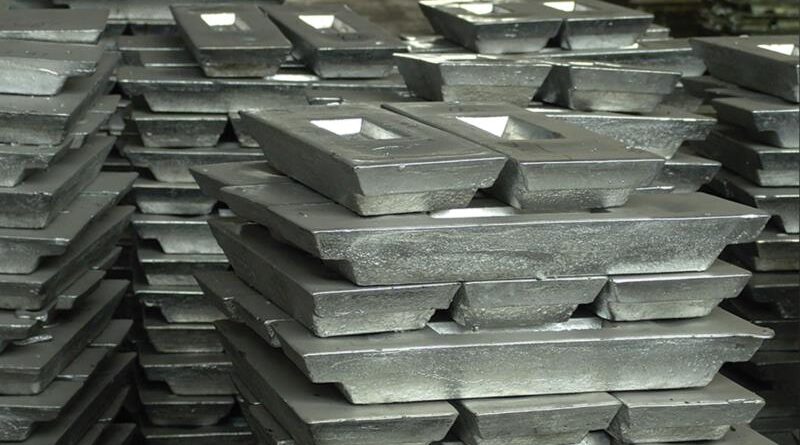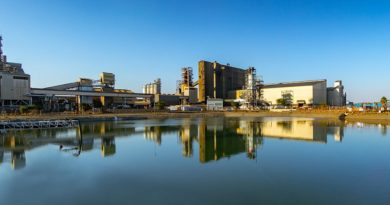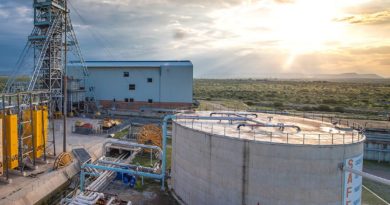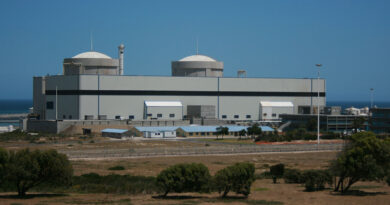Green metals reserves and production in Africa
Green metals play a vital role in the transition to clean energy and the decarbonisation of the global economy. Africa boasts significant deposits of strategic metals pivotal to the global shift from conventional to clean energy sources.
South Africa has the largest manganese share on the continent at 40%, while the DRC has the most cobalt reserves, with a 51% share. Madagascar, Mozambique and Tanzania together hold about 21.2% of the world’s graphite reserves. In the lithium market, a coveted green metal crucial for the production of lithium-ion batteries widely used in electric vehicles and other energy storage solutions, the DRC, Mali, Ghana and Zimbabwe are top producers, collectively holding about 5% of global reserves.
Manufacturing
Lithium is used in the production of lithium-ion battery cells, which are used in both electric vehicles and energy storage batteries. South Africa possesses battery production capabilities using green metals but relies on imported cells from China.
Apart from South Africa, no other African country participates in battery cell production, maintaining the continent’s extractive economic model. However, several lithium-rich countries, including Ghana, Zimbabwe and Namibia, are either developing policies or have policies that restrict the export of raw lithium to ensure the development of lithium processing capacities domestically.
Other metals needed to produce lithium-ion batteries include cobalt, copper, nickel and aluminium. South Africa’s aluminium and nickel producers have opportunities to partner with present and future lithium processors in Africa to develop the lithium-ion value chain for electric vehicles and energy storage battery production outside Africa.
Steel is the most common material used in wind turbines and solar photovoltaic components, although Africa imports the majority of its wind and solar energy components from other parts of the world as it lacks manufacturing capacity. As a result, the steel industry in South Africa stands to benefit as demand for wind and solar energy grows throughout the continent. As wind and solar energy value chains start to take shape, South Africa’s steel sector will need to become more globally competitive.
Due to a lack of manufacturing and processing capabilities, South Africa is better positioned to benefit from providing support services related to renewable energy initiatives on the continent. The maintenance and repair of renewable energy projects that use green metals throughout Africa is an opportunity that South Africa can leverage.
These projects mainly include solar photovoltaic power and wind farms. Two of the biggest solar projects in Africa (excluding South Africa) are the Benban project in Egypt and the Noor Solar Complex in Morocco. There are also planned projects in Mauritania, Morocco, Botswana and Namibia.
The largest wind farms in Africa include Lake Turkana in Kenya, Tafaya in Morocco, Ras Ghareb in Egypt, Adama I and II in Ethiopia, Taiba N’Diaye in Senegal and Boulenouar in Mauritania.




